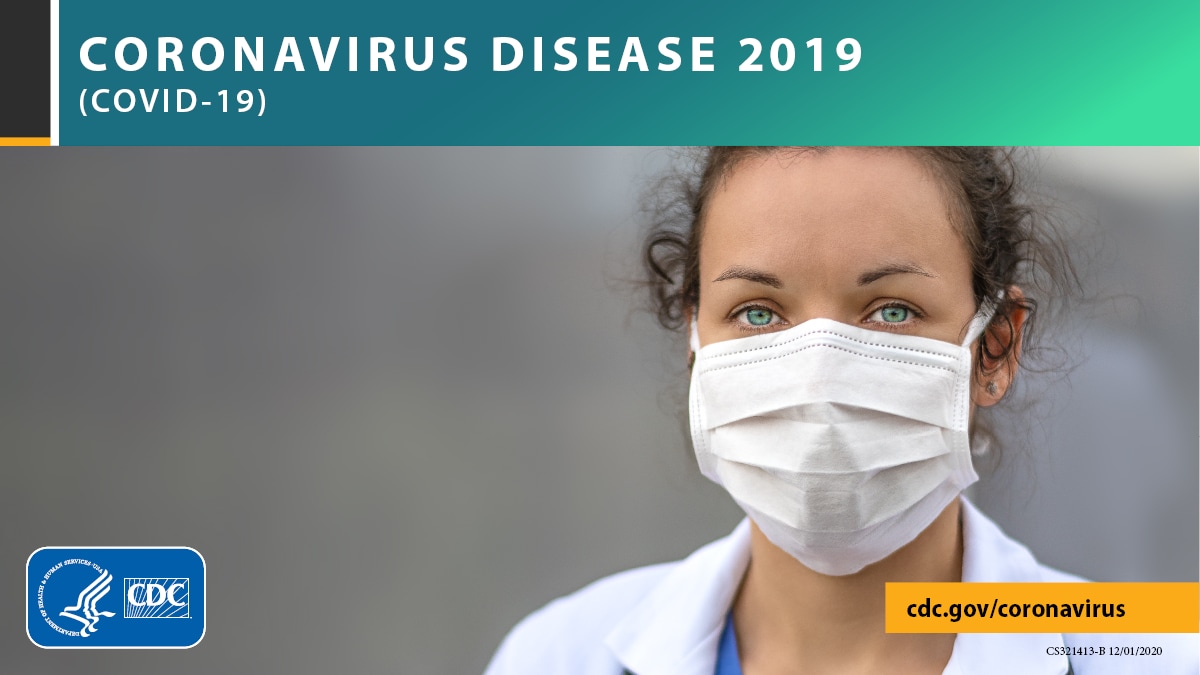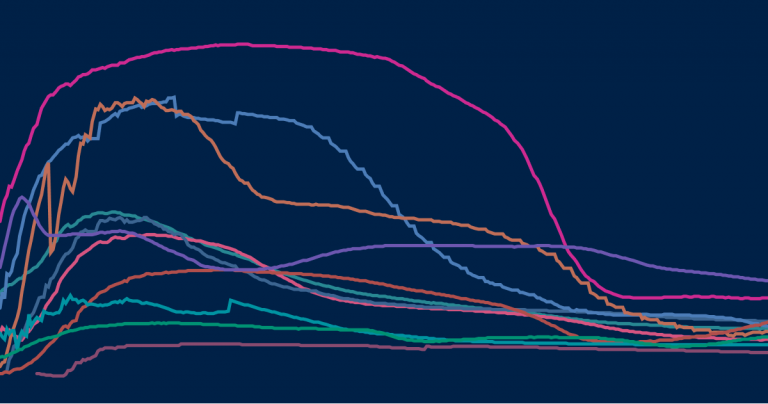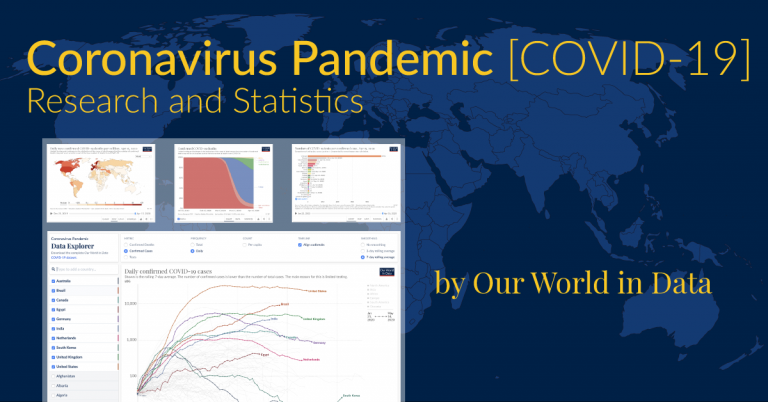They're always careful with this information because we won't truly understand this devil for a while. Perhaps not for years, like with the first big SARS (which seems quaint now). From that info: "However, as we explain here, the total number of cases of COVID-19 is not known. That’s partly because not everyone with COVID-19 is tested."
What we do know, however, is that at least 200k died in a single country. Sure we had minimal measures against it compared to others, but that has been in less than a year. That's frightening, and given these CDC reports, suggests the number is even higher. So someone suggesting only 1% of whoever infected died, especially someone who isn't even an expert in any related field and is only performing middle school math on some projections, should not be taken seriously.
The CDC numbers are, I am assuming, based on documented evidence (i.e. the number of confirmed positive tests and the number of people with COVID-19 listed as the cause or one of the causes of death on their death certificate). I say this because it is presented under a section that says "current best estimate." Here is the criteria they are using for the IFR estimate:
CDC said:
Parameter values for disease severity, viral transmissibility, and pre-symptomatic and asymptomatic disease transmission that represent the best estimate, based on the latest surveillance data and scientific knowledge. Parameter values are based on data received by CDC through August 8, 2020.
Here are the numbers they provide for the infection fatality rates, with the survival rate in parentheses (which is simply 100% - the IFR %):
0-19 years: .003% (99.997% survival rate, meaning that roughly 3 out of every 100,000 who contract the virus will die)
20-49 years: .02% (99.98% survival rate - 2 of every 10,000 will die)
50-69 years: .5% (99.5% survival rate - 1 out of every 200 will die)
70+ years: 5.4% (94.6% survival rate - ~5 out of every 100 will die)
Keep in mind that these fatality rates are not for the cohorts in general, but
strictly for those who have been confirmed as COVID positive. So this isn't killing, say, 5% of all people over 70 years of age in this country - it's only killing 5% of
those confirmed as having COVID. This is very important to keep in mind, because as incredibly low as these IFR's are for most of the cohorts, even it paints a more dire picture than the reality of the situation if you fail to account for it.
In addition to the raw data compiled and analyzed by the CDC, keep in mind the following facts:
- Not every person who contracted COVID got tested (asymptomatic and mildly symptomatic people may have foregone testing). If the true number of infected people were known, the denominator in the equation would be larger (deaths by COVID / total number of confirmed cases), leading to a smaller IFR.
- It has been documented that medical examiners and physicians have been playing fast and loose with the COD during this pandemic in order to secure gov't funding. That is to say that in at least a certain percentage of cases, COVID was being listed as the primary or secondary COD (and thus counted as part of the IFR) when in fact some other comorbidity was the culprit. Regardless of how prevalent one believes this practice was/is, the result is the same:
any number of deaths inaccurately attributed to COVID increases the numerator of the equation. Thus, subtracting them out - again, whatever number of such cases there may be - would decrease the numerator, again leading to a smaller IFR.
- The virus has likely culled much of the "low hanging fruit" in the population - that is, those most susceptible to severe illness and death. Folks in the older cohorts who had numerous comorbidities who contracted the virus likely died, driving up the total death rate. It may very well be that the virus has burned through this vulnerable segment, leaving those better equipped to fight the virus (i.e., with fewer underlying conditions and a relatively healthy immune system) alive to fight another day.
- Treatment modalities continue to improve, and doctors, hospitals and health agencies are (very) slowly coalescing on a standard model of care for COVID patients. This will lower the mortality rate as we move forward, which means that the IFR's noted above likely skew high if we are to apply them prospectively.
So when you look at the data and see that this virus kills only ~1 out of every 10,000 people under age 50 who contract it, and bearing in mind that the numbers likely actually overestimate the
real IFR for the reasons cited above, ask yourself: is it
worth instituting draconian measures hitherto unseen in history, tanking our economy (possibly for a generation), causing tremendous social unrest, and greatly increasing mental health and addition issues for something that kills ~1 of every 10,000 working age people who catch it? In my calculus, the answer is "probably not." Government policy and countermeasures should be much more targeted, realistic, and tailored to protect the most vulnerable segments of the population.







